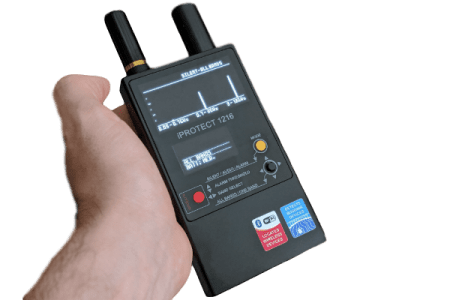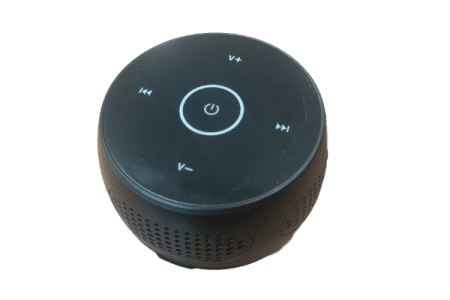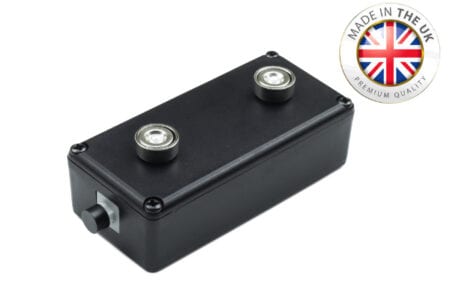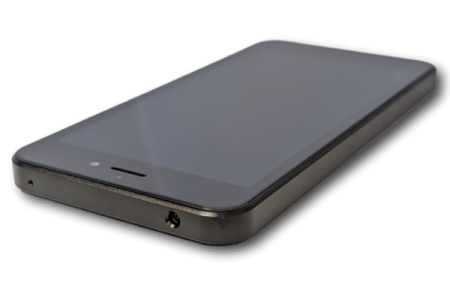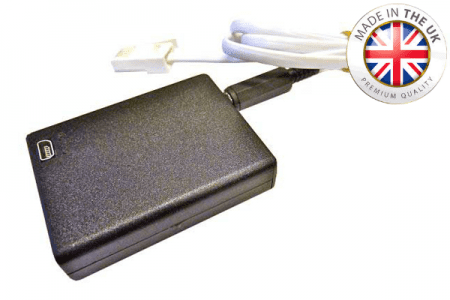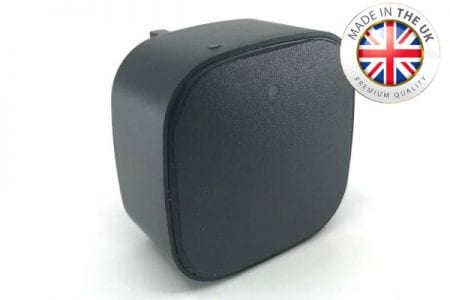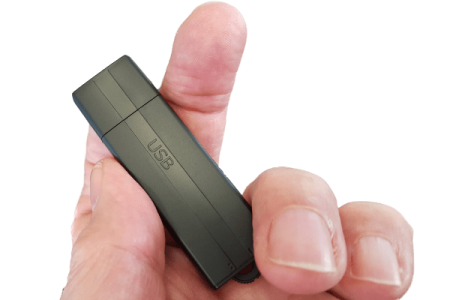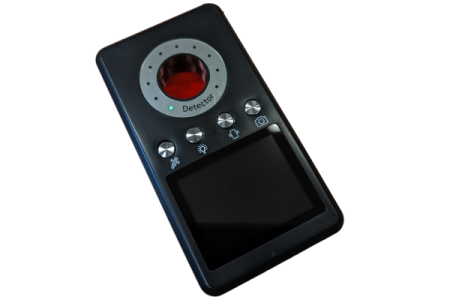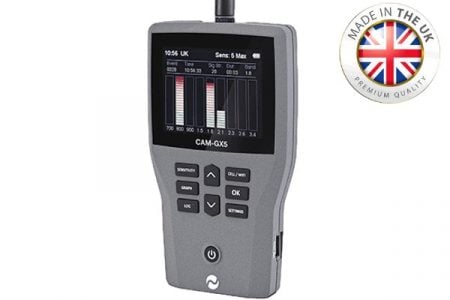The History of Audio Evidence & Voice Recorders
In various forms, voice recorders used for recording sound have increasingly been used to gather evidence of nuisance and misdemeanour. Evidence gathered through audio recorders is certainly the cornerstone of modern evidence gathering.
You want to use a voice recorder and wonder how it has been used previously. In the past the process of gathering evidence to prove that a crime has been committed or that there is intention to commit crime has been extremely difficult. The contemporary criminal is very often sophisticated in their endeavours and indeed some do not regard themselves as criminals. Some think they have a right to take what is not theirs or to engage in behaviour which is harmful to others purely because the perpetrator is upright and breathing.
The Case Study of Children and Voice Recorders
But what of nuisance crime which is very often associated with poor familial control. Fortunately, we no longer lock up small children in prisons or workhouses but there are many who would wish us to consider the criminal learning and leanings of small children who have been raised in a home with few social boundaries. In an earlier article the case of a group of small children was discussed in association with the use of the voice recorder. That voice recorder case study is continued herein.
Naturally, all potential identifying features are excluded to maintain anonymity not least because everyone deserves a chance to move forward. The nefarious activities of the children and adults in our case study family contributed to the drug and theft issues experienced by the wider community with an inevitable effect on crime rate statistics locally and nationally. Authorities had tried for many years to support the family into behaving in a socially acceptable manner and to curtail their illegal activities but without success.
The Association of Audio Recorders with the Police
The rising incidents of abuse and neighbours in fear of leaving their homes caused one man to take a small step in support of local policing. Everything else had been tried and failed so he tried what might be described as the Capone Process. This required him to complain to an authority operating under rules of which a criminal would be unlikely to possess deep knowledge. The body must also possess enforcement rights to tackle unsocial behaviour. He needed a bottom up approach.
So he complained about high noise levels and the times of the noise, providing evidence in a time log. A member of staff from the relevant authority called the complainant and arranged a visit after explaining that voice recorders were not what was used in his department but saying that noise monitoring equipment could be provided. The equipment monitored sound level plus the time of any noise. It was the thin end of a long wedge. Of course evidence was eventually provided.
To cut a long story short the evidence eventually led to the use of a voice recorder otherwise known in the profession as an audio recorder and the use of video equipment. These were placed and monitored by plain clothes officers and led to a good outcome.

